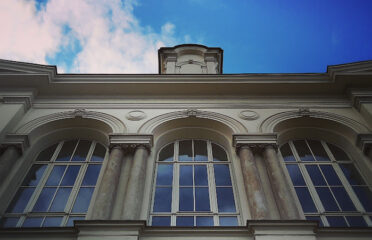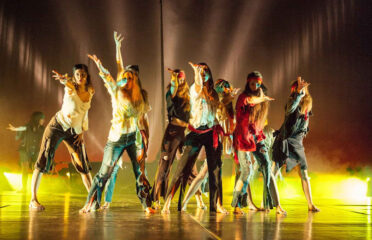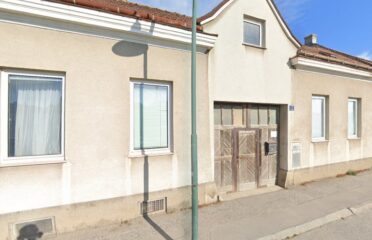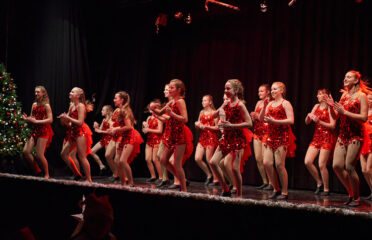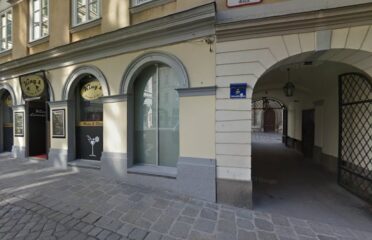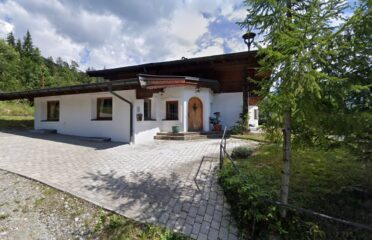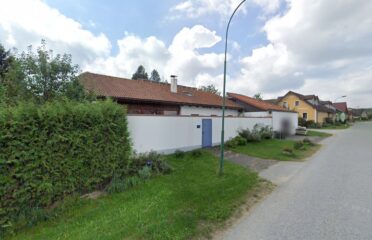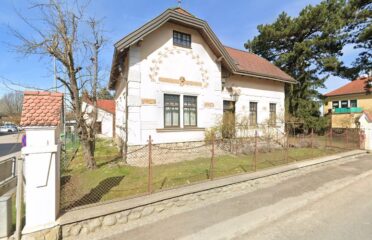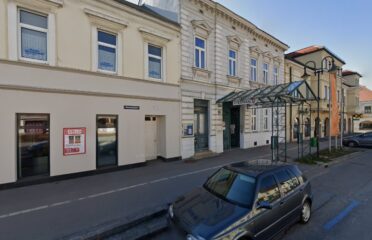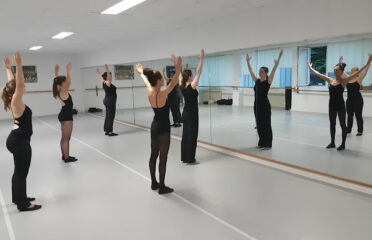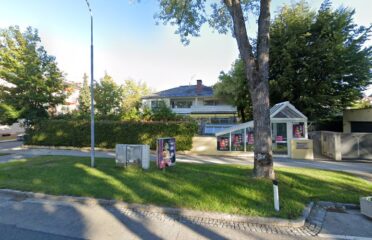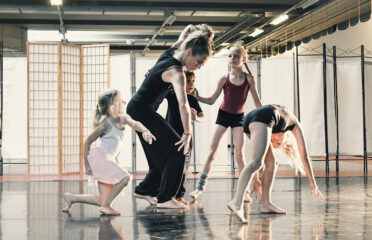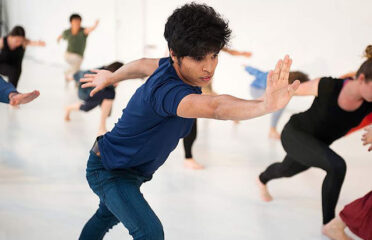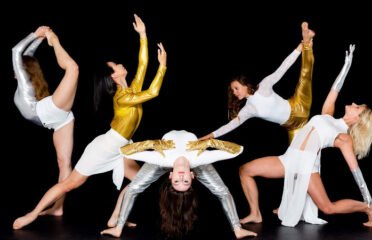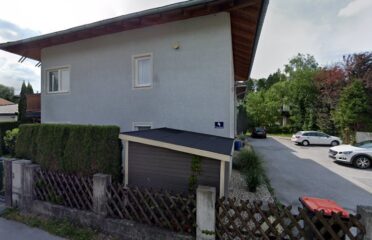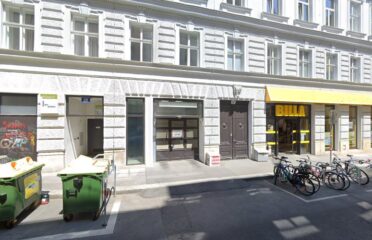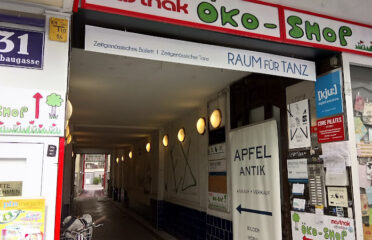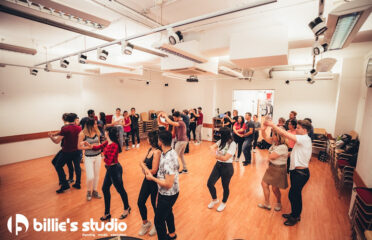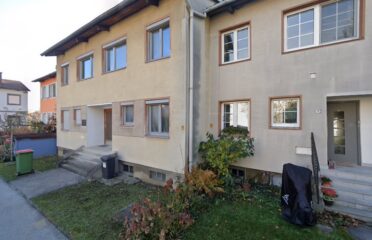Brunn am Gebirge folk dance group
Brunn am Gebirge folk dance group, Brunn am Gebirge, dance ensemble
ShowDanceClub Klagenfurt
ShowDanceClub Klagenfurt, Klagenfurt am Wörthersee, dance ensemble
Dance assignment E.u. - Mag. (FH) Betti
Dance commission E.u. - Mag. (FH) Bettina Felgitscher, Graz, dance ensemble
Groß-Enzersdorf Dance Club
Dance club Groß-Enzersdorf, Groß-Enzersdorf, dance ensemble
Introduction
The dance ensembles in Austria are an important part of Austrian dance culture. They not only promote participation in dance competitions, but also the development and advancement of the art of dance. In this article, we will take a look at some of the most well-known dance companies in Austria and what they have to offer.Dance ensemble in Austria
General information about dance ensembles in Austria
Dance ensembles are groups of people who dance together. In Austria, there are many different dance ensembles that specialize in different dance styles. Some dance ensembles specialize in standard and Latin dances, others in traditional dances such as waltz, polka, mazurka and many others. Some dance ensembles are aimed at professional dancers, others at recreational dancers. There are also dance ensembles that specialize in children and young people. Dance ensembles in Austria offer a variety of dance courses and events that are suitable for both beginners and advanced dancers. Many dance ensembles also offer special dance courses for specific age groups. Dance ensembles in Austria also regularly organize dance competitions and other dance events. These events are a good opportunity to find new dance partners, learn new dance styles and exchange ideas with other dancers.II History of dance in Austria
Dance has a long and rich history in Austria. Although the first written records of dance in the country date back to the 16th century, it is likely that dance was present in Austria much earlier than that.Precursor of the dance
Dancing was already practiced in Austria in the Middle Ages, albeit in a slightly different form than today. Back then, the dances were performed in a circle, with a leader leading the steps. These circle dances were widespread throughout Europe and were regarded as "folk culture".Dance in the Baroque era
The Baroque period began in Austria in the 17th century and with it a new era of dance. During this time, dances became more complex and new dances such as the waltz and the ländler were introduced. These dances were very popular and were danced all over Europe.Dance in the modern era
The modern age of dance began in Austria in the 20th century. During this time, dances became even more complex and new dances such as the foxtrot and the cha-cha-cha were introduced. Nowadays, there are many different dance styles in Austria, from classical dances such as the waltz to modern dances such as breakdancing.Dance ensembles in Austria
There are many different dance ensembles in Austria that have performed all over the country. Most dance ensembles are professional and consist of several dancers who work together in an ensemble. These dance ensembles are known for their creative choreographies and high standards of technique.When did dancing begin in Austria?
Dancing in Austria has a long and rich history. Its beginnings date back to the Middle Ages. At that time, dancing was seen as a form of entertainment and a means of social interaction. In the 16th century, people in Austria began to adopt Italian Renaissance dance forms.The beginning of the ballroom
In the 18th century, the ballroom began to grow and flourish in Austria. The ballroom became a place where people came together to dance and celebrate. One of the most famous ballrooms in Austria is the Vienna Opera Ball, which takes place every year in February.The development of the modern ballroom
In the 19th century, the ballroom in Austria began to change and grow. New dance forms based on the Viennese waltz were introduced. Dance competitions and dance schools also began to emerge at this time.The present
Nowadays, the ballroom in Austria has become a place where people can learn different dances and improve their skills. There are many dance ensembles in Austria that specialize in different dance styles. These dance ensembles are an important part of Austrian dance culture and contribute to the promotion of Austrian dance art.How has dancing in Austria developed over time?
Dancing in Austria has changed considerably over the years. In the 19th century, it was a popular form of entertainment for the aristocracy and the upper classes. It was a sign of status and wealth. In the 20th century, it became increasingly popular and many new dance styles and forms were developed that are popular in Austria today.Dance styles and forms
There are many different dance styles and forms that are popular in Austria. These include standard dances such as waltz, tango, foxtrot and quickstep, but also Latin American dances such as salsa, cha cha, rumba, samba and jive. There are also many modern dances such as Discofox, West Coast Swing and Line Dance.Dance ensembles
There are many dance ensembles in Austria that specialize in different dance styles and forms. These groups often consist of professional dancers who are trained in different dance styles. Many dance ensembles regularly take part in competitions and events to show off their skills. There are also many dance schools and clubs that offer dance classes to inform and teach people about the different dance styles and forms.Dance ensembles in Austria
Austria is a country that has a long tradition of dancing. There are many dance ensembles that perform different types of dances. This article introduces some of the most popular dance ensembles in Austria.Vienna State Opera Dance Ensemble
The dance ensemble of the Vienna State Opera is one of the best-known dance ensembles in Austria. It was founded in 1868 and consists of a group of professional dancers under the direction of choreographer Martin Schläpfer. The ensemble performs a variety of ballets, including well-known classical pieces such as "Giselle" and "Swan Lake".Salzburg Festival Dance Ensemble
The Salzburg Festival Dance Ensemble was founded in 1920 and consists of a group of professional dancers. They perform a variety of classical and modern dances, including ballet, jazz, hip-hop and contemporary. The ensemble performs annually at the Salzburg Festival and has also performed in other European countries.Dance ensemble Graz
The Graz Dance Ensemble was founded in 1986 and consists of a group of professional dancers. They perform a variety of classical and modern dances, including ballet, jazz, hip-hop and contemporary. The ensemble performs regularly in Graz and the surrounding area and has also performed in other European countries.Schönbrunn Dance Ensemble
The Schönbrunn Dance Ensemble was founded in 1999 and consists of a group of professional dancers. They perform a variety of classical and modern dances, including ballet, jazz, hip-hop and contemporary. The ensemble performs regularly at Schönbrunn Palace and has also performed in other European countries.Dance ensemble in Austria
What types of dance ensembles are there in Austria?
There are many different types of dance ensembles in Austria, which differ in their respective styles and musical genres. Some of the best-known dance ensembles in Austria are- Dance schools
- Dance theater
- Dance clubs
- Dance clubs
- Dance schools for adults
- Dance schools for children
- Dance competitions


